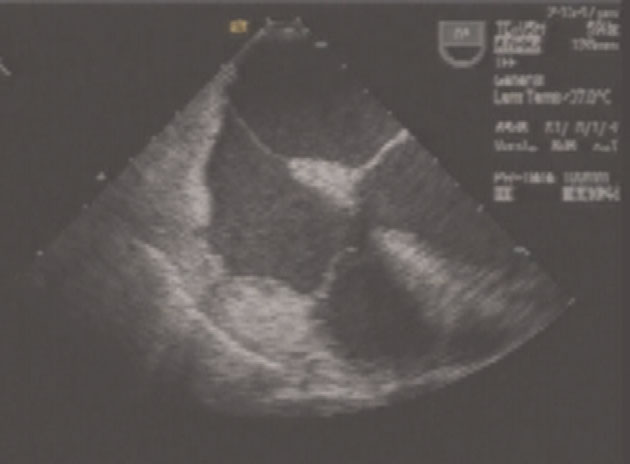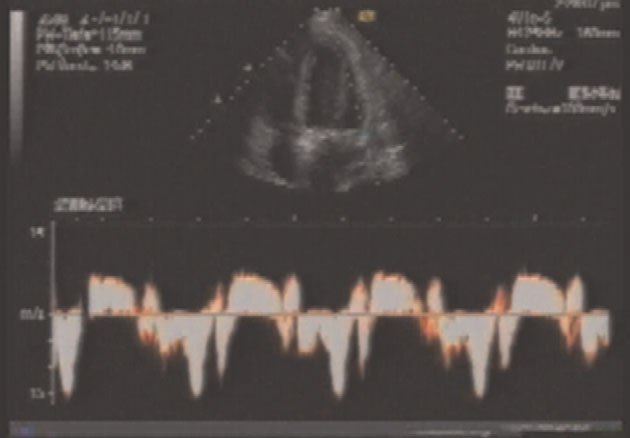Untitled
Listeriosis: a resurgent foodborne infection1) Austrian Agency for Health and Food Safety (AGES), Binational Austrian–German Listeria Reference Centre, Vienna and 2) Institute for Milk Hygiene,Milk Technology and Food Science, Department for Farm Animals and Public Veterinary Health, Vienna, AustriaListeria monocytogenes is the causative agent of human listeriosis, a potentially fatal foodbor
 European Journal of Echocardiography (2008) 9, 426–427doi:10.1093/ejechocard/jen022
Cardiac complications in Whipple’s disease
Department of Cardiology, Klinik Koesching, University Heidelberg, Krankenhausstr. 19, D-85092 Koesching, Germany
Received 2 November 2007; accepted after revision 23 December 2007; online publish-ahead-of-print 30 March 2008
Whipple’s disease or intestinal lipodystrophy is an infection induced by Tropheryma whipplei. It is rare
with an estimated incidence of 0.4 per million. Symptoms are arthropathy, weight loss, and diarrhoea,
but other organs notably the central nervous system may be affected. We demonstrate a case of cardiac
complications in Whipple’s disease. The patient presented with endocardial infiltrations on TEE exam-inations and heart failure and improved after antibiotic treatment.
European Journal of Echocardiography (2008) 9, 426–427doi:10.1093/ejechocard/jen022
Cardiac complications in Whipple’s disease
Department of Cardiology, Klinik Koesching, University Heidelberg, Krankenhausstr. 19, D-85092 Koesching, Germany
Received 2 November 2007; accepted after revision 23 December 2007; online publish-ahead-of-print 30 March 2008
Whipple’s disease or intestinal lipodystrophy is an infection induced by Tropheryma whipplei. It is rare
with an estimated incidence of 0.4 per million. Symptoms are arthropathy, weight loss, and diarrhoea,
but other organs notably the central nervous system may be affected. We demonstrate a case of cardiac
complications in Whipple’s disease. The patient presented with endocardial infiltrations on TEE exam-inations and heart failure and improved after antibiotic treatment.
 Cardiac complications in Whipple’s disease
Differential diagnosis of these intracardiac abnormalitieswould include congestive heart failure, ischaemic cardio-myopathy, hypertrophy due to hypertension or aortic steno-sis, viral myocarditis, nutritive or toxic cardiomyopathy, orFabry disease. However, the reaction on antibiotic therapysupports our view of a cardiac complication of Whipple’sdisease in this case.
Cardiac complications in Whipple’s disease
Differential diagnosis of these intracardiac abnormalitieswould include congestive heart failure, ischaemic cardio-myopathy, hypertrophy due to hypertension or aortic steno-sis, viral myocarditis, nutritive or toxic cardiomyopathy, orFabry disease. However, the reaction on antibiotic therapysupports our view of a cardiac complication of Whipple’sdisease in this case.